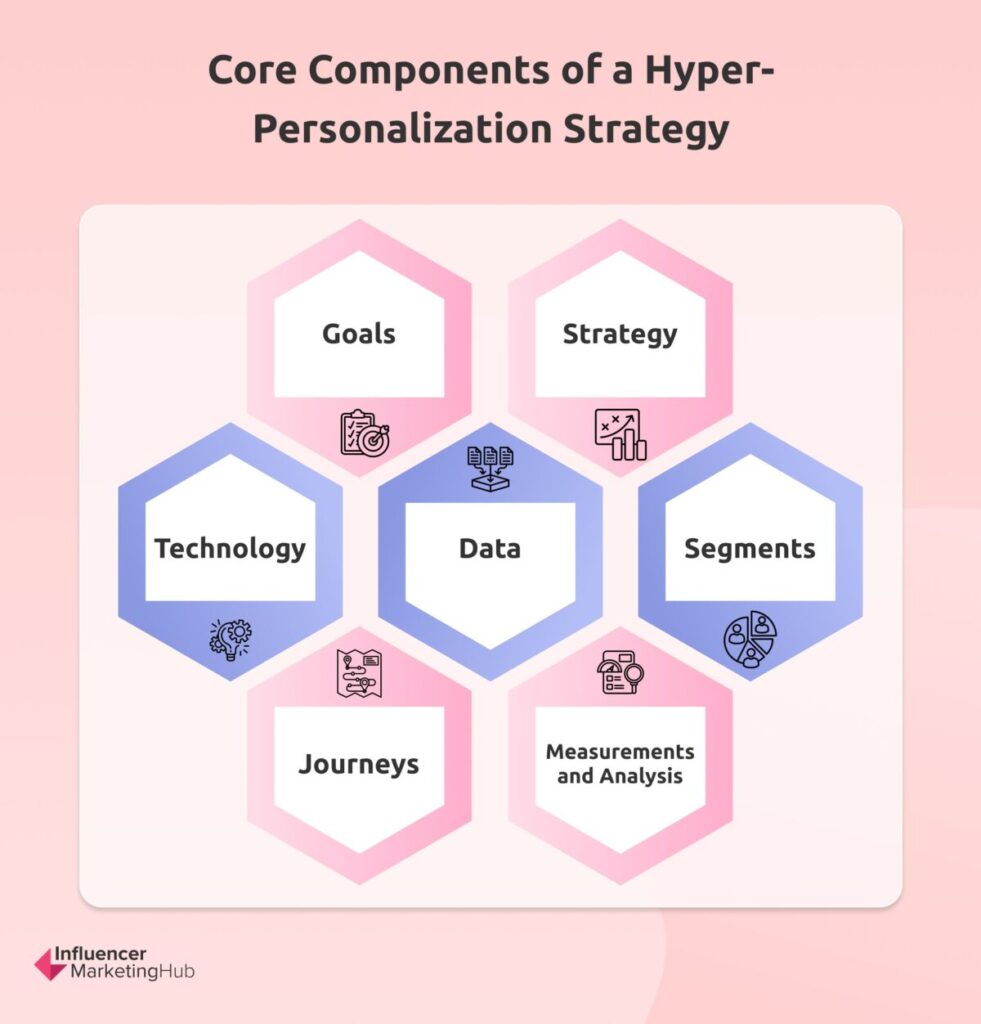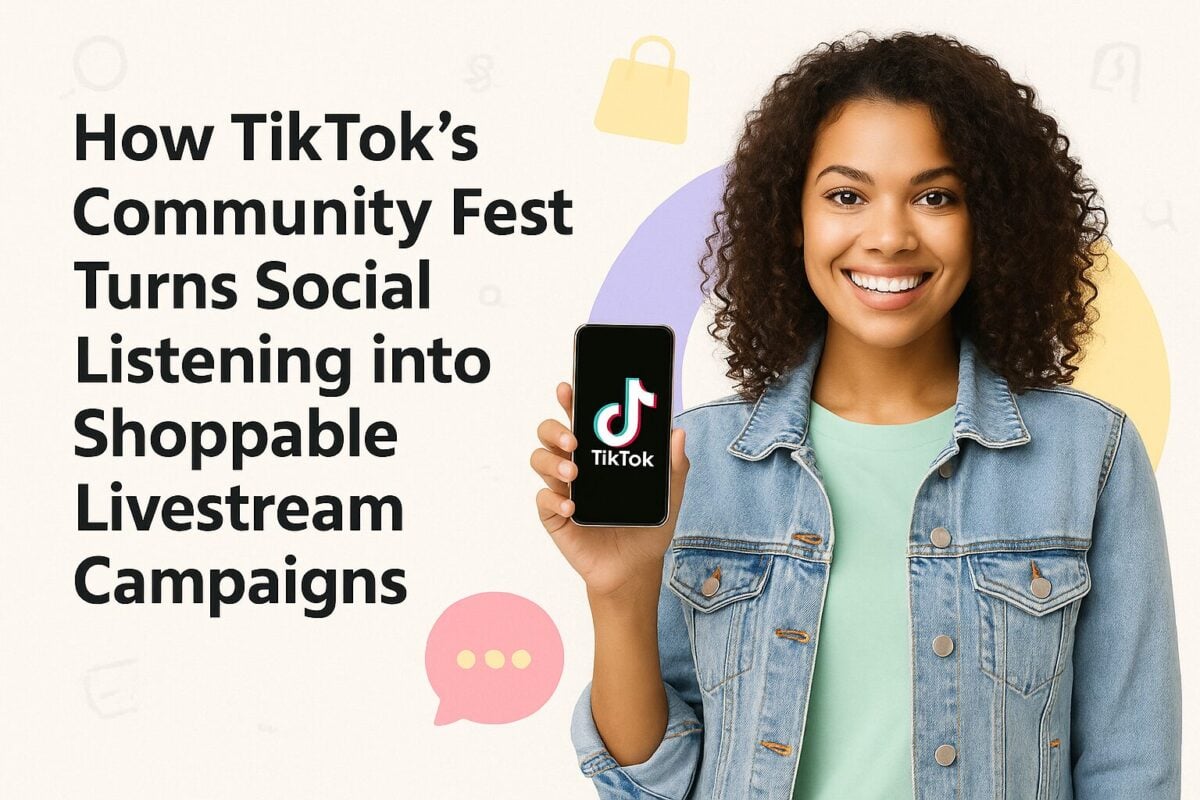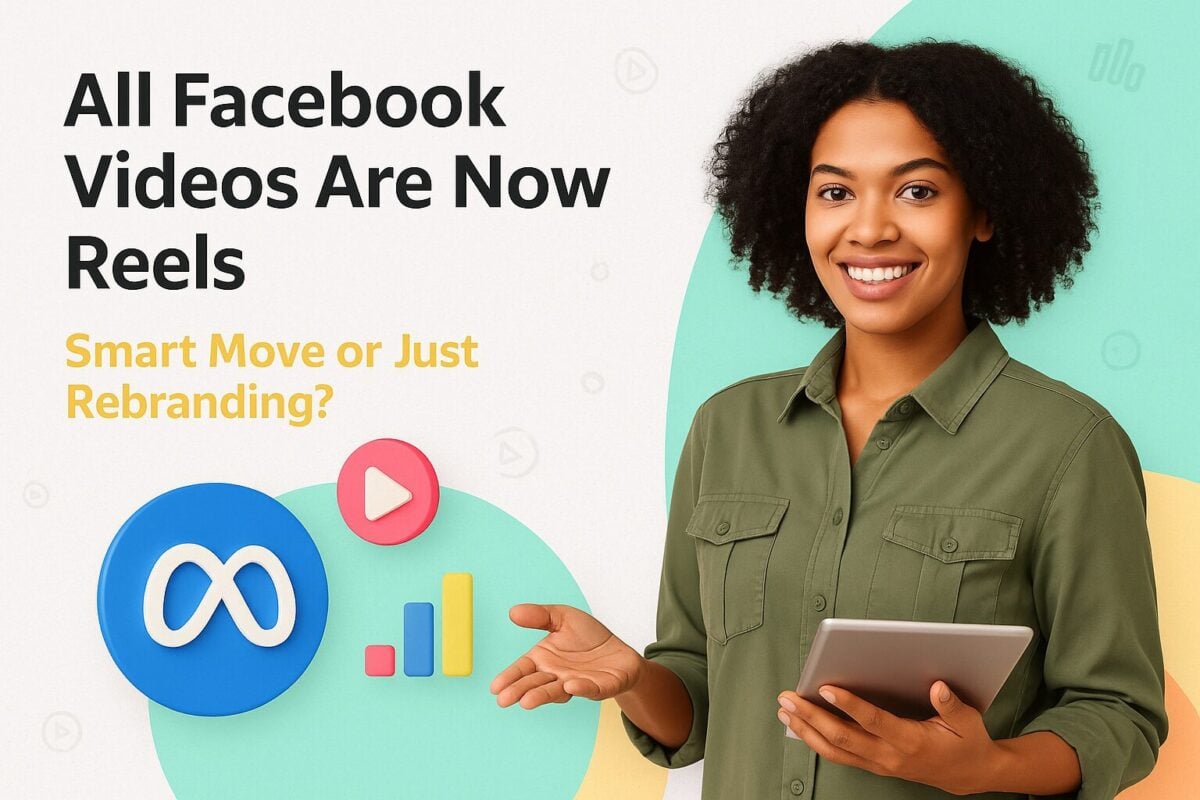Is Hyper-personalization worth it? Do people really want more recommendations or tailored brand experiences? Good questions. Personalization is the answer to the growing need to drive deeper and more meaningful engagements with customers. Doing so gives brands more room to deliver better products and services, and maximise marketing spend and ROI.
In this blog post, we’ll move the personalization discussion forward. We’ll explore hyper-personalization. Unlike personalization, it involves more moving parts but maintains the goal of delivering better customer experiences and brand results.
What is Hyper-Personaliszation?
Hyper-personaliszation is an extension of standard personalization. Where personalization includes an intimate understanding and use of buyer personas, data and analytics, Hyper-personalization leverages real-time data and AI to build even more customised buyer experiences. These customised experiences can be applied to serve-up relevant content and products or services based on buyer behaviour in the moment.
Unpacking Hyper-Personalization
As you’d imagine, implementing hyper-personalization requires a little more thought and strategic planning. Brands need to develop their own framework, one that is flexible enough to accommodate their customers, but also effective enough to leverage the right technology and pivot where necessary.
Here’s a look at the core components of a hyper-personalization strategy:

Goals
Establishing what your brand aims to accomplish is always the most effective way of designing any strategy. It offers the companies the chance to get specific about challenges, risks and the opportunity cost of choosing one direction over another. Needless to say, if you decide to embark on your own hyper-personalization journey, set some goals to guide your actions.
Strategy
Strategy is likely one of the most underrated and underutilised aspects of creating and running effective marketing campaigns. Many marketers overlook the value of a clear roadmap, leading to missed opportunities and inconsistent results. However, a well-defined strategy provides a focused approach to achieving your goals and maximizing impact.
At a basic level, your strategy serves as a means of determining how you plan to reach your goal. For example, if your brand aims to drive more conversions per customer, your strategy should account for how you plan to do so. You should be able to identify which levers to pull to give your brand the best chance at success.
Within your strategy, you’ll need to drill down deeper into the actual areas (levers) that can be used to generate results.
Technology
Technology is the most important component of a hyper-personalised framework. As businesses examine their positions and determine what to do next, they are also able to identify which technologies they may need to see their goals through when developing their strategies. The types of technologies will also be influenced by the kind of business considering hyper-personalised customer experiences.
For example, a retail outlet looking to create more tailored shopping experiences could leverage WiFi analytics software, including heatmaps, to better understand how their customers experience its store. They can do everything from measure foot traffic and dwell-time in sections of their store to providing in-store WiFi-based push ads and notifications with offers based using geofencing.
Ecommerce outfits may realise that AI for real-time recommendations is the ideal solution. Using Amazon-like recommendations, stores would be able to increase the average sale value and inch closer and closer to a revenue goal.
Data
It goes without saying that is at the heart of all personalization. To build a successful hyper-personalization system, you’ll need to collect the right data to be able to tell the story of who your customers are and what they truly want. The greatest challenge businesses face today, however, is that they are flooded with gargantuan amounts of data. Making sense of it isn’t just about collecting it, it’s about identifying a starting point.
The great news for forward-thinking brands is that smarter and more sophisticated tools are emerging to shoulder the load. Take SmartKarrot. It’s a customer success platform designed to empower businesses to manage engagement, onboarding, customer success operations, adoptions and customer experience. Its range of features makes the daunting task of honing in on what matters most simpler, giving marketers the chance to identify low-hanging fruits and make larger strategic moves to grow their brands.

Segments
With customer data gathered, the next critical component is developing actionable intelligence. The level of complexity associated with unpacking customer data and using it usually has to do with the number of different customers you serve. Often, a wide pool of customers with various attributes means more opportunities to create better customer experiences, however, it also means more complex campaigns and more work to realise results.
As you explore your customer data, consider segmenting your audience by age, location, gender, satisfaction, brand interaction history, average purchase value, purchase categories, content consumed, traffic source, exit points (on your site). While this isn’t an exhaustive list, the idea is to identify as many attributes as possible that can be used to spot trends and help deliver data-backed decisions.
Journeys
The buyer’s journey is a concept many marketers are familiar with, and it’s almost a saving grace for those wanting to understand what to offer buyers and when. Hyper-personalization works to build smarter and better customer moments, turning what could be perceived as broken or disconnected interactions into more wholesome and brand experiences.
To strengthen your customer journeys, identify channels where you know your audience spends their time and begin creating content and offers that help attract buyers into your ecosystem. For example, using re-marketing campaigns will work, but be smart about them. Base yours of logical next steps for buyers, based on prior experiences with your brand.
Measurements and Analysis
As with all things marketing, you cannot deliver better results without measurement and analysis. While most brands will have similar metrics to pay attention to (think average purchase value, LTV etc), beware of vanity metrics. While most marketers have a basic understanding of what vanity metrics are, this definition will help strengthen it.
Vanity metrics appear to make your performance look positive or impressive, but they don’t clearly show a link between any specific action and the result. This means the metric can’t be met again because you aren’t able to replicate the success. Vanity metrics also don’t offer any actionable business intelligence, and you aren’t able to build a solid strategy on the back of the results.
That said, it is still possible to mistake a vanity metric for a meaningful one. The good news is that as you develop your strategy and begin to identify which metrics you will use, you can apply a simple three-step screening process to weed out vanity metrics.
Here’s what that looks like:
Question One: Does the Metric Help Us Make Better Business Decisions?
This question requires a simple “yes” or “no” answer. Anything else is automatically a “no” for the simple reason that the metric doesn’t directly attribute to your brand’s success.
Question Two: Can We Replicate the Result?
As mentioned, if you find it hard to determine how a result was achieved, and don’t know how to re-engineer the circumstances that lead to the result, the metric can’t be trusted as one that adds value to your business decision-making process.
Question Three: Can You Trust the Data?
It’s not uncommon to come across anomalies or results that can be influenced by a range of factors you cannot control. In these cases, your metric becomes unreliable because you’re less likely to be able to use the results as a reflection of any controlled customer experience and your hand in creating it.
Vanity metrics aside, analysis will help point you to where to focus on next. By spending time on metrics that move the needle in your business, and experimenting with ways to generate better results, you can begin to streamline much of your operation. Analysis will help you identify new trends in customer behaviour, uncover new attributes your audience may be developing, and should also help you ask more (and possibly better) questions about elevating the customer-brand experience at various touchpoints.
This is where analysis should lead every brand. It should provide clearer insights that produce smart, more efficient and effective customer engagement that also help shorten the sales cycle, but don’t detract from the ultimate goal of providing more enjoyable customer experiences.
Conclusion
Hyper-personalization is the next step in the evolution of customer experience. While it involves more moving pieces, the barriers to entry for brands that want to get closer to their audiences are falling. Today, you don’t have to be an Amazon to make the right recommendation for products, services or content. But for brands to leverage hyper-personalization, they’ll need to spend time creating a framework that accounts for the moving pieces, one that’s efficient and effective, but also flexible enough to support pivots as new data on their audiences surfaces.


